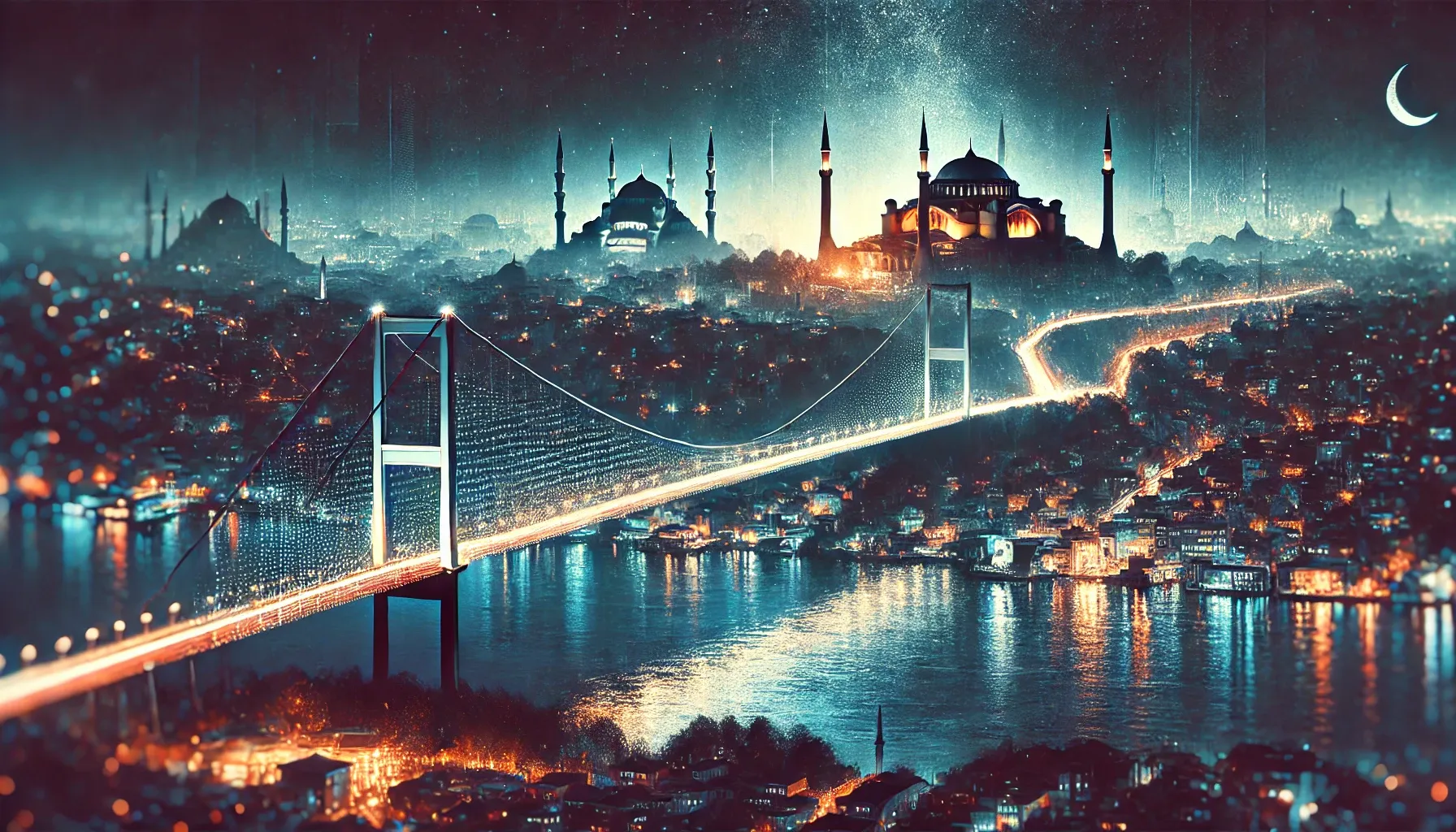UPSC
On This Day Today
Constantinople renamed Istanbul
Last Updated
27th March, 2025
Date Published
27th March, 2025
Share This Post With Someone

Context:
As of March 27, 2025, this overview draws from detailed insights into Istanbul, Turkey’s largest city and principal seaport, historically known as Byzantium and Constantinople. Straddling the Bosporus strait, it bridges Europe and Asia, reflecting a rich tapestry of history, culture, and strategic importance, vital for understanding global geopolitical dynamics.
Key Information Points:
- Geographical Significance: Istanbul, Turkey’s largest city and seaport, spans the Bosporus strait, uniquely positioned between Europe and Asia, with the Golden Horn inlet dividing its European side.
- Historical Evolution: Founded as Byzantium by Greek settlers (8th century BCE), it became Constantinople in 330 CE under Roman Emperor Constantine, and Istanbul in 1453 after Ottoman conquest, officially renamed in 1930 under Atatürk’s reforms.
- Byzantine Era: Constantinople, inaugurated in 330 CE, was a major world capital, blending Roman, Greek, and Christian influences; it hosted the first ecumenical councils and was a key ecclesiastical center.
- Ottoman Conquest: Captured by Mehmed II in 1453, ending the Byzantine Empire, it transformed into an Ottoman hub with a population boost to 60,000-70,000 by 1480, marked by mosque conversions (e.g., Hagia Sophia).
- Strategic Importance: Controls the Turkish straits (Bosporus, Sea of Marmara, Dardanelles), the sole Black Sea outlet, influencing Turkey’s relations with other states; fortified by castles like Rumelihisarı (1452).
- Natural Features: Affected by Black Sea and Mediterranean currents, with cold northeast winds (poyraz) and stormy southwest winds (lodos); prone to earthquakes and fires, with over 60 major incidents recorded.
- City Layout: Old Istanbul (Stamboul) lies south of the Golden Horn, Beyoğlu (modern Istanbul) to the north; Asian districts include Üsküdar and Kadıköy; features three long suspension bridges and two Bosporus tunnels.
- Population Dynamics: Post-WWII rural migration swelled its population nearly tenfold, leading to gecekondu shantytowns; Kurds are now the largest ethnic minority as Christian and Jewish populations decline.
- Economic Role: Turkey’s largest port and industrial hub, producing textiles, food, cement, and glass; attracts rural migrants seeking jobs.
- Infrastructure: Features Istanbul Airport (30 miles northwest), extensive ferry services, and three suspension bridges: Boğazici (1973), Fatih Sultan Mehmed (1988), and Yavuz Sultan Selim (2016).
- Administration: Divided into 27 district municipalities under a metropolitan mayor, managing local budgets and services like waste removal.
- Education: Hosts Istanbul University (founded 1453) with multiple faculties, a technical university, and foreign institutions like Robert College.
- Cultural Landmarks: Includes Hagia Sophia (6th-century church-turned-mosque), Blue Mosque (1603-1617), Süleymaniye Mosque (1550-57), and Topkapı Palace; the Atatürk Cultural Center anchors arts in Taksim Square.
- Historical Challenges: Faced Persian, Athenian, and Macedonian rule; endured Roman sieges (e.g., 196 CE by Septimius Severus); survived multiple Ottoman sieges before 1453 fall.
- Modernization: Post-19th-century reforms (Tanzimat) and 20th-century upgrades (e.g., electricity in 1912, sewers in 1925) reflect Westernization under Mahmud II and Atatürk.
- Recreation: Offers beaches at Florya and Ataköy, and major football stadiums like Atatürk Olympic and Türk Telekom Arena.
Key Terms:
- Bosporus: Strait linking Black Sea and Sea of Marmara, splitting Istanbul between continents.
- Constantinople: Byzantine capital founded in 330 CE, renamed Istanbul in 1930.
- Hagia Sophia: Iconic 6th-century structure, symbolizing Istanbul’s religious shifts.
- Gecekondu: Shantytowns built overnight by rural migrants, lacking basic amenities.
- Turkish Straits: Collective term for Bosporus, Sea of Marmara, and Dardanelles, key to Black Sea access.
- Tanzimat: 19th-century Ottoman reforms promoting Westernization.
- Beyoğlu: Modern district north of Golden Horn, historically the foreign quarter.